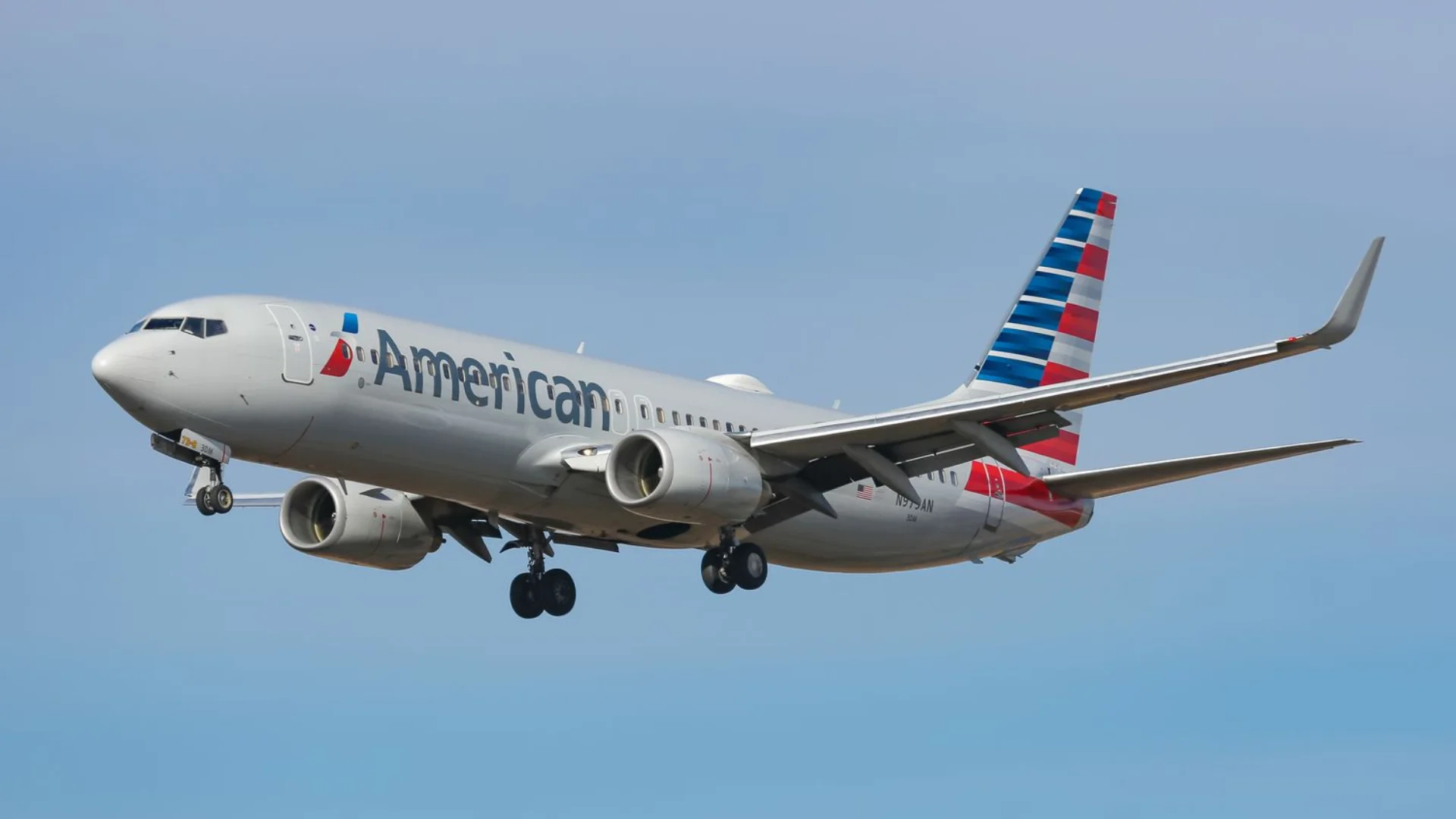The concept of classifying fighter jets into generations emerged in the 1990s, aiming to categorize significant technological advancements in jet development. While there is no strict definition for each generation, the terms "fifth-generation" and "sixth-generation" have become prevalent in discussions about modern fighter jets.
Fighter jets are grouped into generations based on technological progressions. Currently, five generations are widely recognized, with the sixth generation under development. The transition from one generation to another signifies substantial improvements over previous models.
First-generation fighter jets were developed in the 1940s and 1950s, marking the introduction of jet engines. Notable examples include the Messerschmitt Me 262 and Gloster Meteor. These aircraft had straight wings and basic avionics without radars or self-protection measures.
 Alerts Sign-up
Alerts Sign-up





































